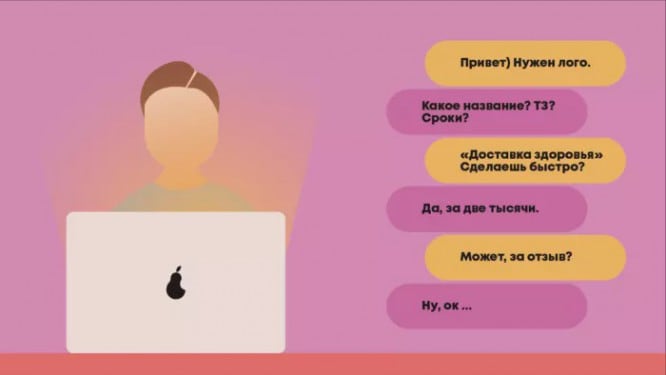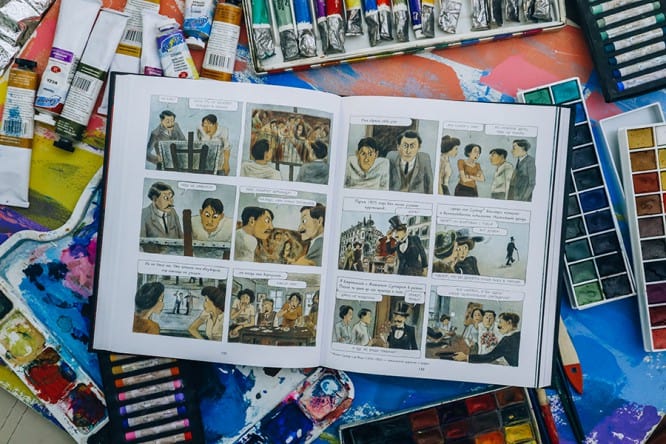Healthy person product manager
Healthy person product manager
Design Director at DocDoc – Vanya Soloviev tells how they get along with other teams, what kind of managers do designers love in product companies, or how to make joint work fun.
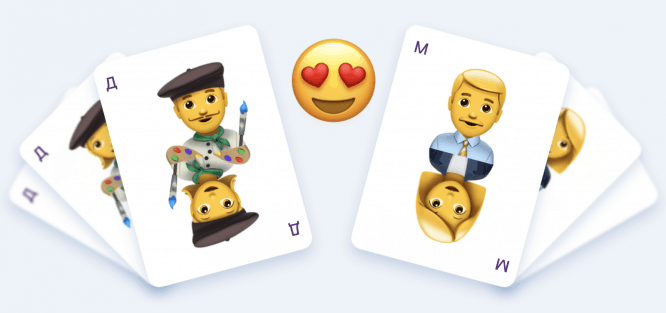
In our company, designers are not just performers. Together with managers, they participate in market research, competitors and user experience; delve into analytics, build and test hypotheses. They have a common goal of making the product better. They are partners.
We love our managers, but it wasn’t always like that …
Smoker’s product manager: customer → contractor
The manager comes with a ready-made solution, holds out a prototype of the interface, drawn on a piece of paper and says – draw. It will be good if he talks about the task, and does not throw a link to the protocol in Google documents. Sound familiar? We also went through this stage of team maturation, when the manager sees in the designer only the final executor of his ideas.
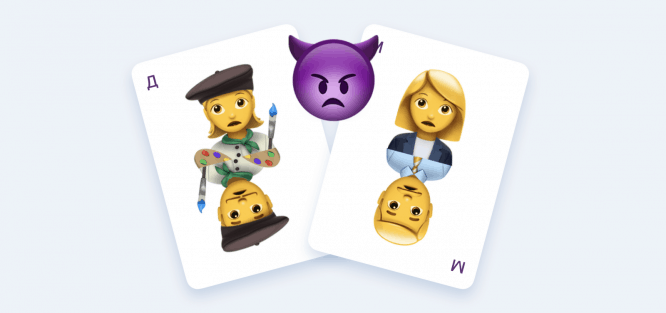
Cons of this approach for a designer:
- weak motivation – it does not directly affect the product;
- can not self-actualize– uses a couple of basic skills in his work and that’s it;
- poor communication– not ready to defend their decisions, even if they are better than those proposed by the manager;
- low involvement– connect at the last stage, do not see the whole task;
For the company:
- the interface is created out of context– it turns out not always optimal and rarely achieves its goals;
- impotence of the manager– when everything goes wrong, he flushes the designer with edits instead of intelligible explanations;
- no consistency– the interface after a certain number of iterations begins to “fall apart”, since managers rarely monitor the integrity of the entire project;
- surface solutions– the manager has little time to think over the solution well, so the interface can be based on literally nothing.
Often times, such a manager does not have a goal to do the task well. He tends to close one task and move on to the next. This “habit” is passed on to the designer and the process closes –the manager gives his solution to the problem → the designer draws without thinking → the problem goes into development.Then everything may work out, or maybe not: the user will get an inconvenient interface, business – a drop in conversion.
If you recognize yourself, think about what will happen to you after a year of working in this style. How far will you progress in your development?
…
What to do?
First, determine whether this style of work is capable of bringing you satisfaction, because not everyone needs constant development, you can be content with the role of the performer.
If you decide that this does not suit you, and you like the company, it is time to establish processes. Here are some tips that helped us:
- Nothing will change in the moment. Change takes time and it’s better to be prepared for it.
- Try to “show”, not “prove” the power of your decisions. Do not prove to the manager that he is wrong, show that there are other ways to solve the problem. For example, conduct an interview and show your accounting interface and share observations with a manager. Remember – you want to become partners.
- You wanted to work on the task from the very beginning together with the manager, but he is against it? Show that you are driven by a single goal – to improve the usability of the product: the user will complete their tasks faster, the grandmother will be able to use the interface, etc. And that together you are more likely to do it.
- Argument your decisions logically and ask the manager to do the same. This will help weed out controversial “I like it better” decisions. It is good practice to rely on research results: “I looked at competitors and there like this” or “showed the prototype to users and they said this and that”
Healthy person product manager: partners
At this level of relationship, the real work begins. The manager listens and appreciates the designer’s decisions. Delegates part of the responsibilities – because he trusts.
The manager understands that a product useful for the user and valuable for the business needs to be done together
…
With such a manager, the designer quickly acquires new skills and immediately applies them in practice. He begins to look wider and sees the task not in isolation, but in the context of the entire product ecosystem.
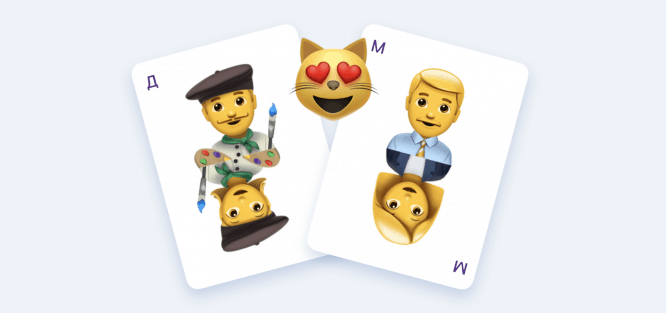
The advantages of this approach for a designer:
- strong motivation– directly affects the product and user experience;
- allows self-realization– uses versatile skills in his work, simultaneously developing them;
- soft skills are well pumped– learns to conduct research, test prototypes on users and acquires the qualities of a product manager;
- high involvement– in each task he strives to show all his knowledge and skills.
For the company:
- fewer iterations– the designer understands what and why he is doing, can offer the best solutions and therefore the number of edits from the manager is reduced;
- the quality of projects increases– by delegating part of the tasks to the designer, the manager has more time to work out the solution itself;
- expansion of responsibility– the designer worries not only for the beauty of the interface, but also for its results “in battle”; the increase in conversion pleases both the designer and the company more than beautiful buttons.
Instead of totals
Not all managers are ready for this principle of work. Some are conservative, it is difficult for them to adopt a new style of work. The latter seem to want to, but cannot – the processes in the company do not allow the introduction of innovations. Still others want to work at their own comfortable pace and just close tasks.
We have a few conservative managers for whom this approach of working with a designer is not easy, but I am sure it is only a matter of time.
Source: DesignKabak
…

